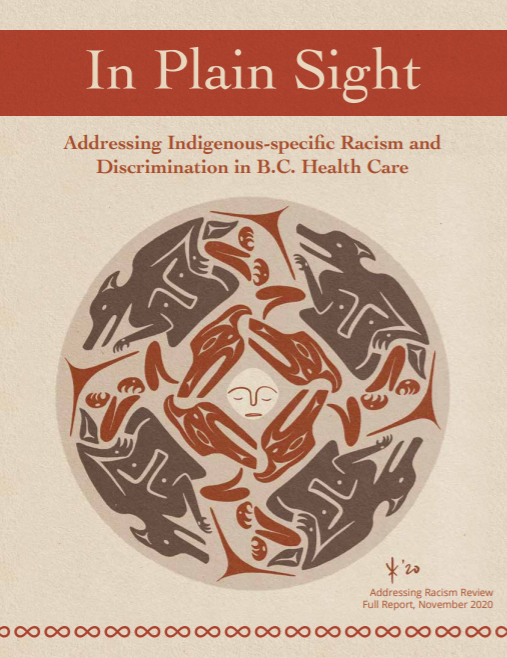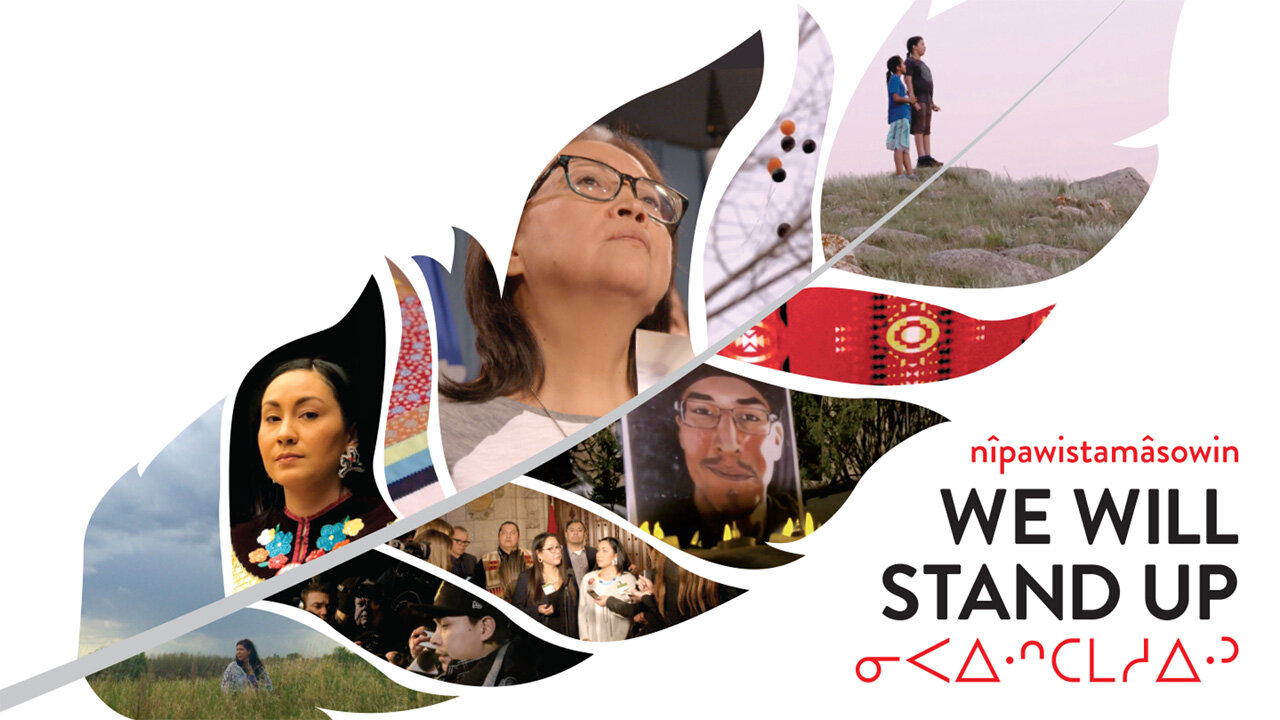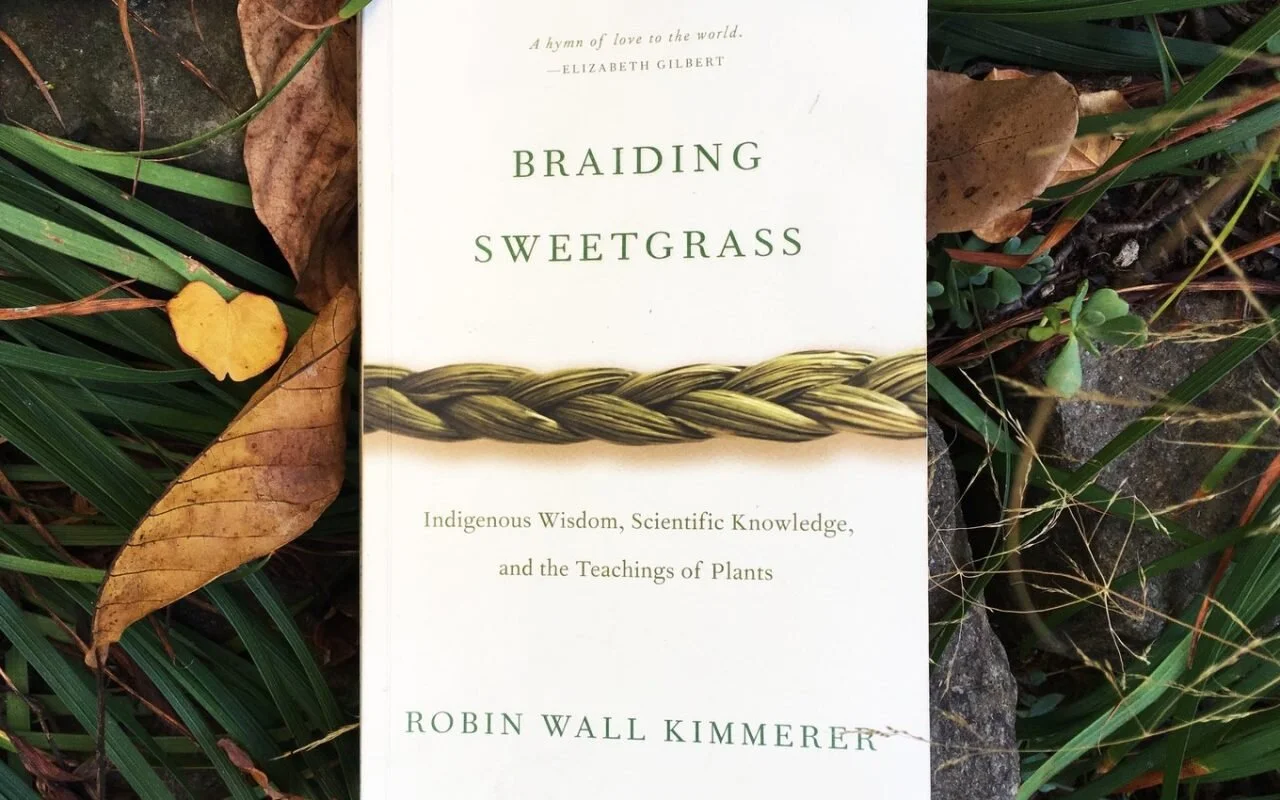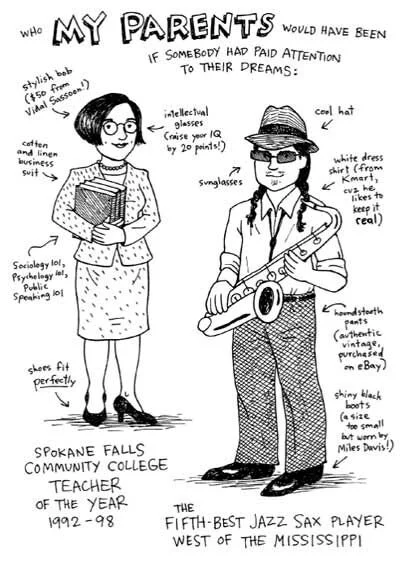National Indigenous History Month: A Reading List
June is National Indigenous History Month in Canada, and it has kicked off with the discovery of a mass grave at a former residential school in BC. This is one example of the living trauma that persists from seven generations of the residential school system, though it is also crucial to connect those dots to atrocities like the Sixties Scoop and the staggering overrepresentation of Indigenous kids in foster care today. Talking about reconciliation and history means nothing when divorced from the conversation of ongoing present-day problems.
Similarly, when it comes to art and literature, it’s important to start with the facts. As a creative writer, I will always advocate for the power of fiction to convey ideas that reports cannot — but they’re not a replacement. Essential reading for all Canadians should first include:
The Truth and Reconciliation Commission’s final report, specially the calls to action. When reading, look at these documents critically; as the Yellowhead Institute points out, very few calls have actually been addressed.
The Final Report of the National Inquiry into Missing and Murdered Indigenous Women and Girls
In Plain Sight: Addressing Indigenous-specific Racism and Discrimination in B.C. Health Care, which outlines findings in anti-Indigenous racism within the health care system. While this report is specific to BC, these occurrences and statistics are pervasive across the country and can likely be applied nation-wide.
These documents are foundational for context, though they don’t show the full picture. Data is one way of telling a story — a preferred method in the western world — but it’s not necessary to validate lived experiences and truths. Pairing this reading with all kinds of books by Indigenous authors (including happy stories! A few recommendations for those down below) is one way to further allyship as a settler.
Many Indigenous book and film lists do already exist (here’s a recent live one on Twitter), and all of them are worth checking out. These suggestions are mainly based off what I have personally read or watched and found meaningful.
In the mood to learn hard realities
Nîpawistamâsowin: We Will Stand Up (Hubbard 2019) is a documentary film about the murder of Colten Boushie. It is extremely hard to watch but very well made. If I had to pick one movie for all Canadian settlers see, it would be this eye-opening critique of our justice system and the way systemic racism is present within our provinces. Please make sure you are in a good headspace to watch or have community support present, especially if you are Indigenous.
In learning about Indigenous issues, The Inconvenient Indian, by Thomas King is a good place to start. I found it a good introduction to key historical issues, and King’s writing is simply incredible. Seven Fallen Feathers, by Tanya Talaga is a biography also worth reading. The Break, by Katherena Vermette, is fiction but nonetheless a vivid portrayal of a family in Winnipeg’s North End, from multiple POVs. It’s a touching story of healing as well as heartbreaking, though given subject matter, I would suggest not going into this book blind. Likewise, Five Little Indians, by Michelle Good has been well recognized for good reason.
If you’re looking to introduce children to residential school history, My Name Is Seepeetza, by Shirley Sterling is a short, accessibly written memoir.
In the mood for memorable memoirs
Heart Berries, by Terese Marie Mailhot was a memoir I quickly devoured. Some phrases in this book still haunt me today (in a good way). It touches on themes of love, heartbreak, and motherhood and issues of mental health and MMIWG in a unique non-linear style.
I’ve also heard amazing things about Split Tooth, by Tanya Tagaq — a beautiful blend of fiction, memoir, poetry, and Inuit folklore that defies all genre. A Mind Spread Out on the Ground, by Alicia Elliott, is also high on my to-read list, as a sharp collection of personal essays. Here is an excerpt from the book from the Malahat Review.
Indian Horse (Campanelli 2018)
In the mood for plot-driven story
Indian Horse (Campanelli 2018), based on the book Indian Horse by Richard Wagamese, is a fictional story of residential school trauma told through the lens of hockey..
There There, by Tommy Orange focuses on the urban Indigenous community of Oakland, California. The fictionalized account is fast-paced, told through multiple POVs. The Marrow Thieves, by Cherie Dimaline is a popular choice for teens especially; I liked the world building, though I wouldn’t say the characters are this book’s strength. Waubgeshig Rice’s Moon of the Crusted Snow made for a great audiobook listen and is memorable and atmospheric. Finally, Eden Robinson is wonderful. I read her book Monkey Beach in first year university and loved it. Looking forward to getting my hands on Son of a Trickster, Robinson’s more recent release.
In the mood for Indigenous teachings
These Indigenous non-fiction books are essential to de-centering whiteness in academia and activism. I have only started Braiding Sweetgrass: Indigenous Wisdom, Scientific Knowledge and the Teachings of Plants, by Robin Wall Kimmerer but am looking forward to reading the rest.
As Long as Grass Grows: The Indigenous Fight for Environmental Justice, from Colonization to Standing Rock, by Dina Gilio-Whitaker is a relatively recent release and highly pertinent for our current climate. It speaks of Indigenous resistance to issues of environmental injustice.
The Absolutely True Diary of a Part-Time Indian, by Sherman Alexie
In the mood for humour ( & optimism)
If you’re unsure how to introduce a young child to conversations about settler colonialism, take a look at A Coyote Columbus Story, by Thomas King. This picture book has you covered and will open up room for hard discussions with kids in a more light-hearted way.
Illustrated novel The Absolutely True Diary of a Part-Time Indian, by Sherman Alexie also uses humour to broach heavy topics for a younger audience without making light of the content. In Alexie’s words, this book is “seventy-eight percent” autobiographical.
Lastly, Race to the Sun, by Rebecca Roanhorse is pure fun, inspired by Navajo mythology. It’s a simple fantasy adventure with the classic happy ending we all crave.






